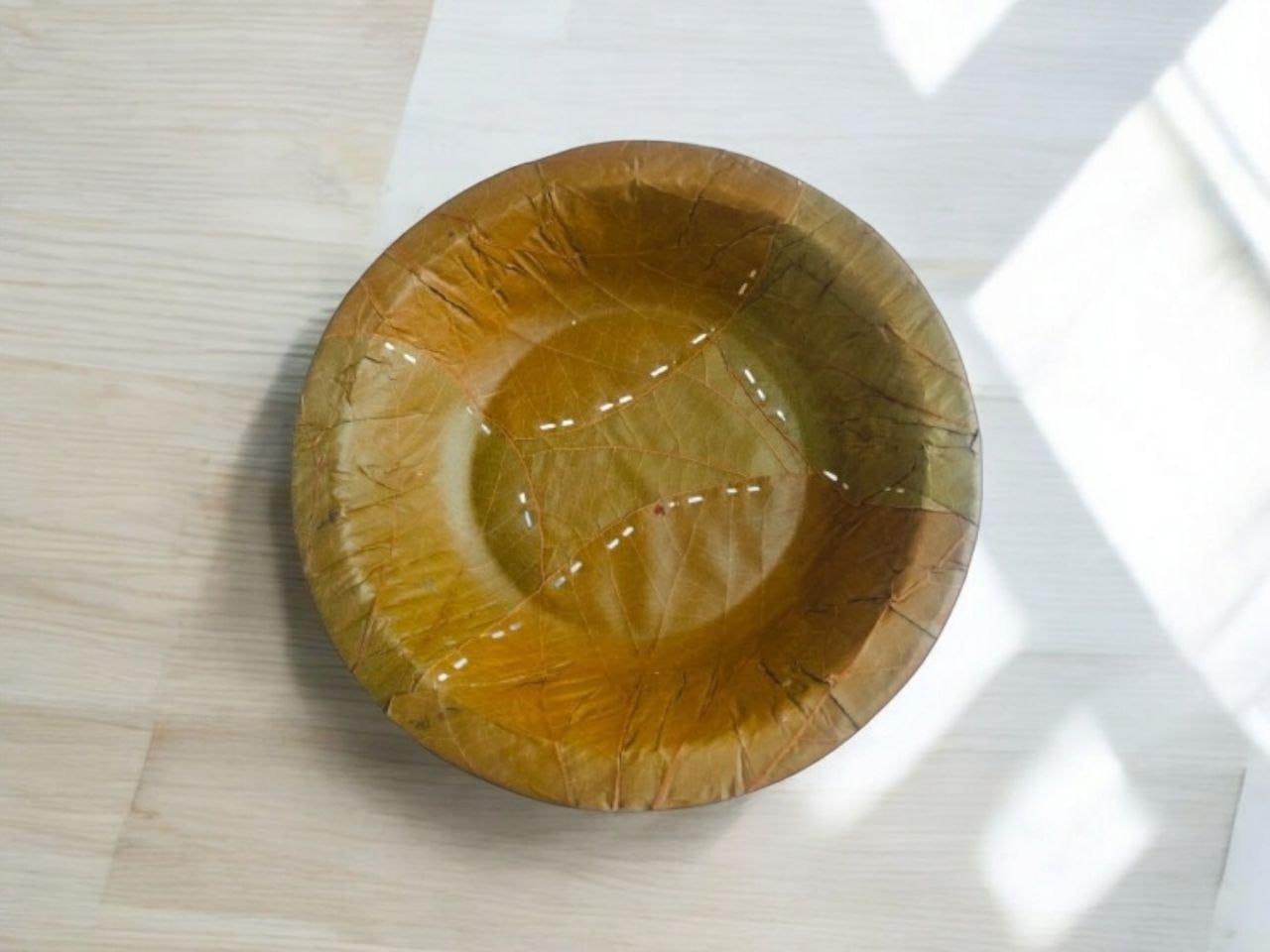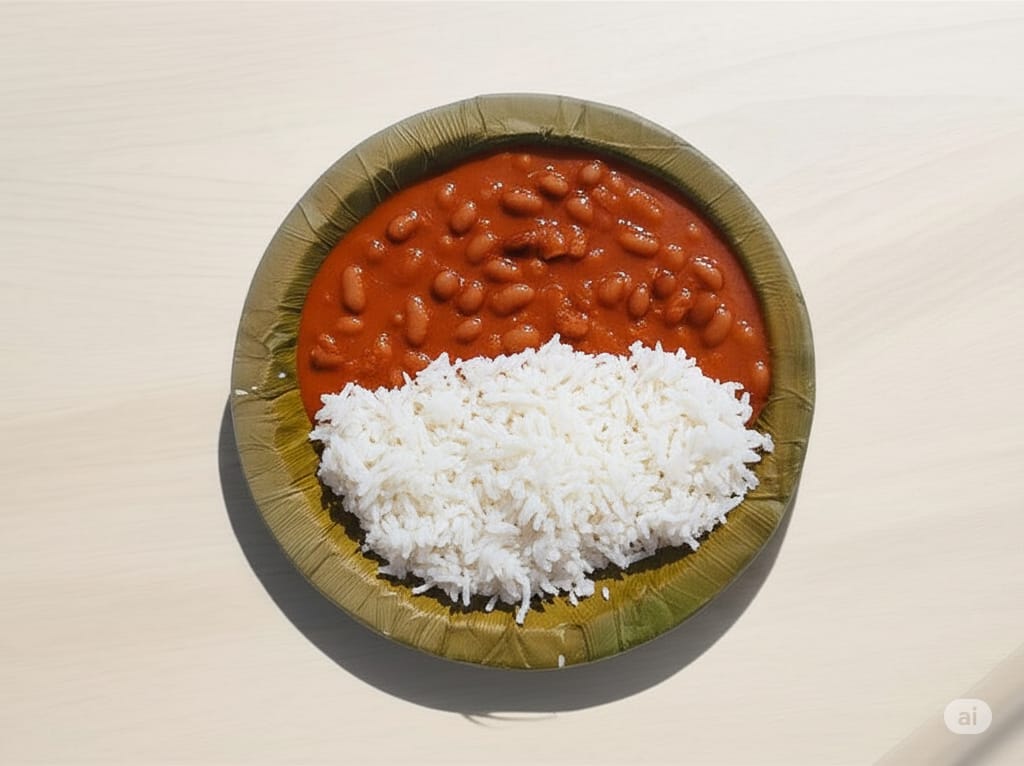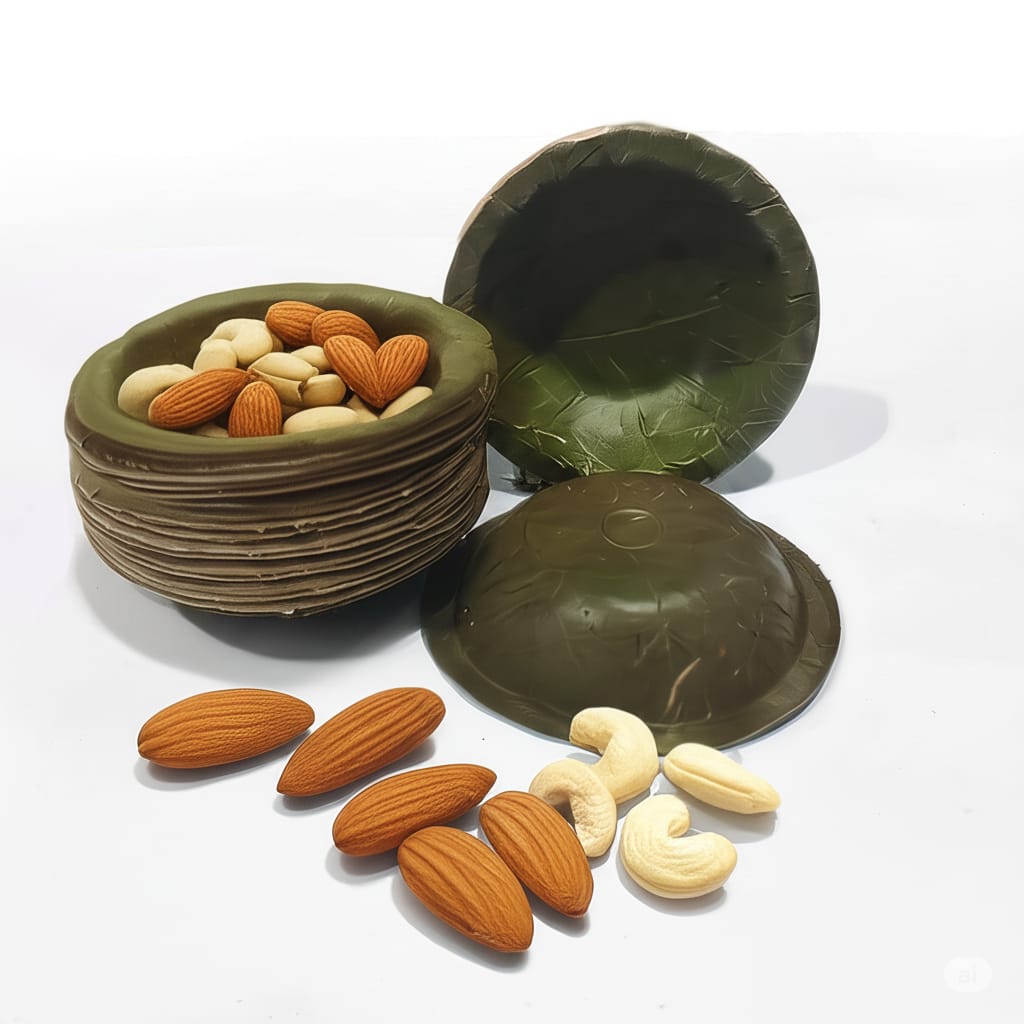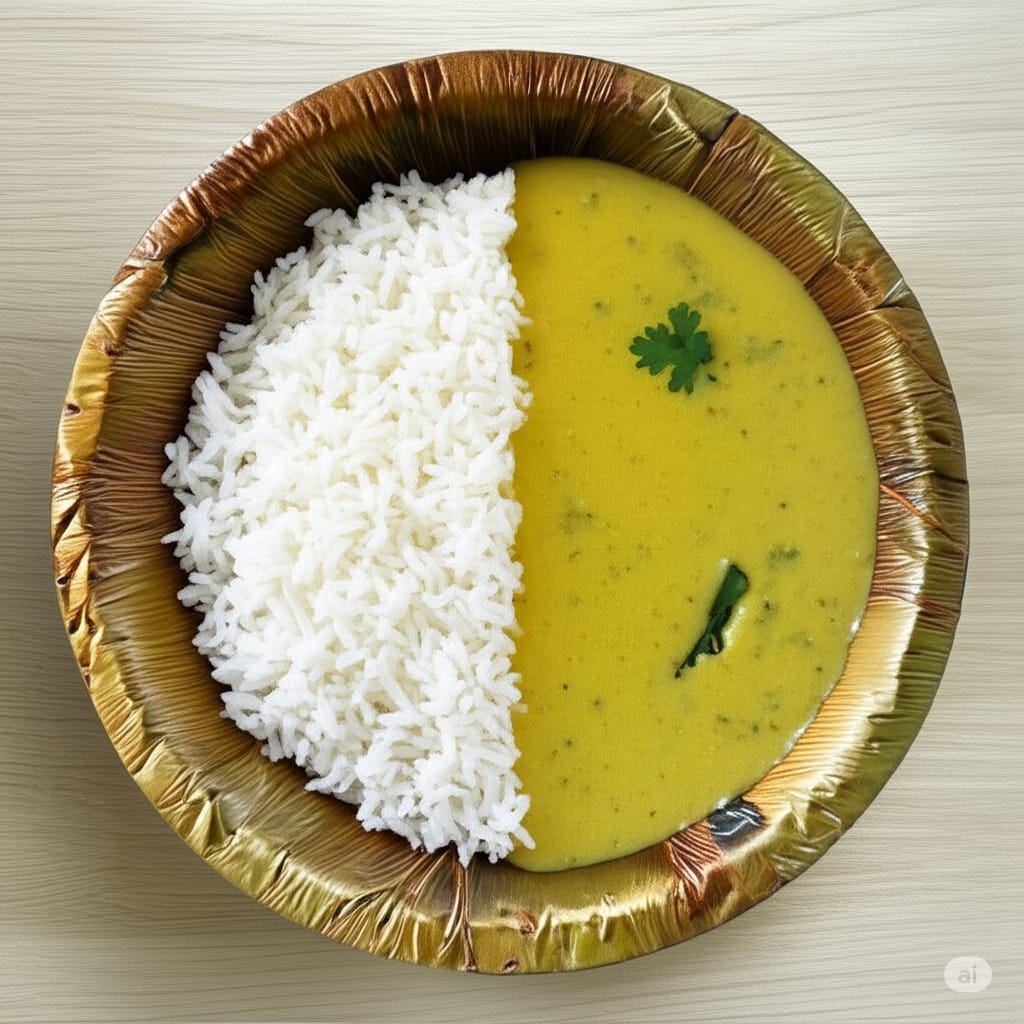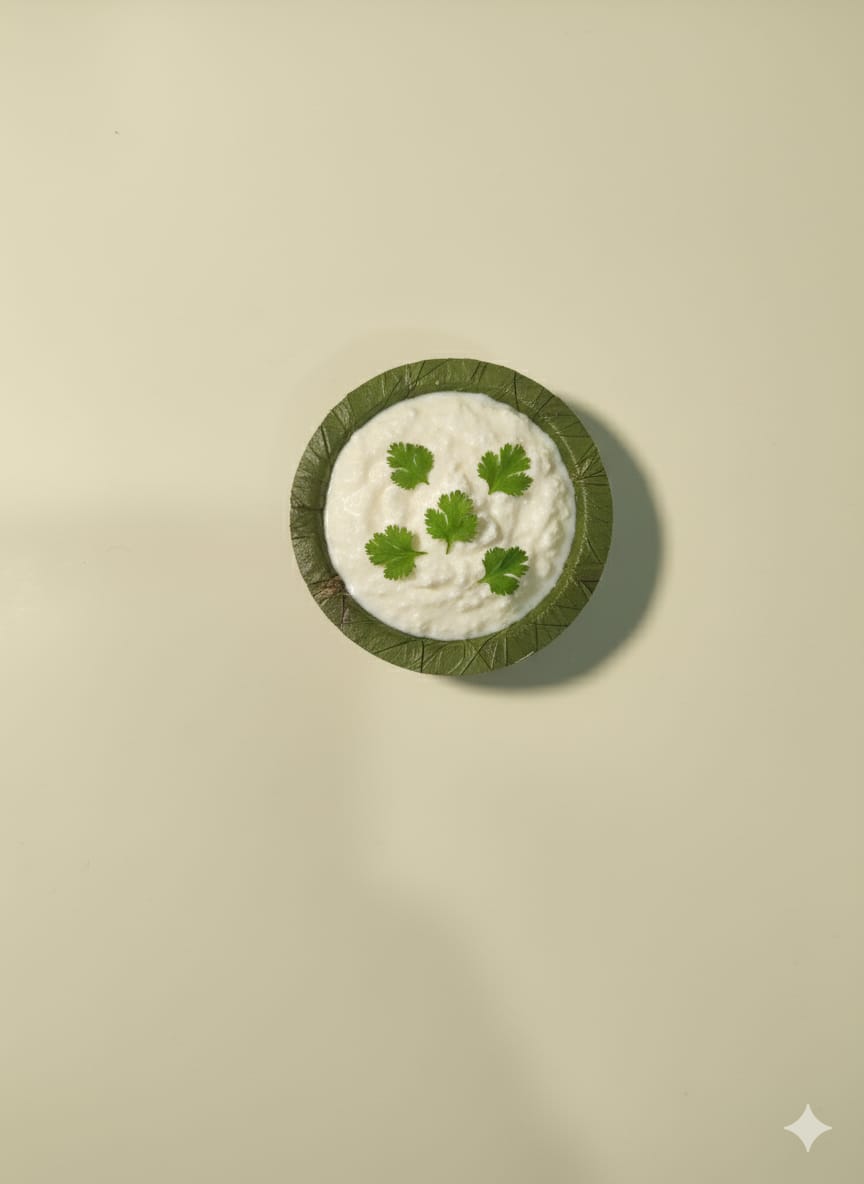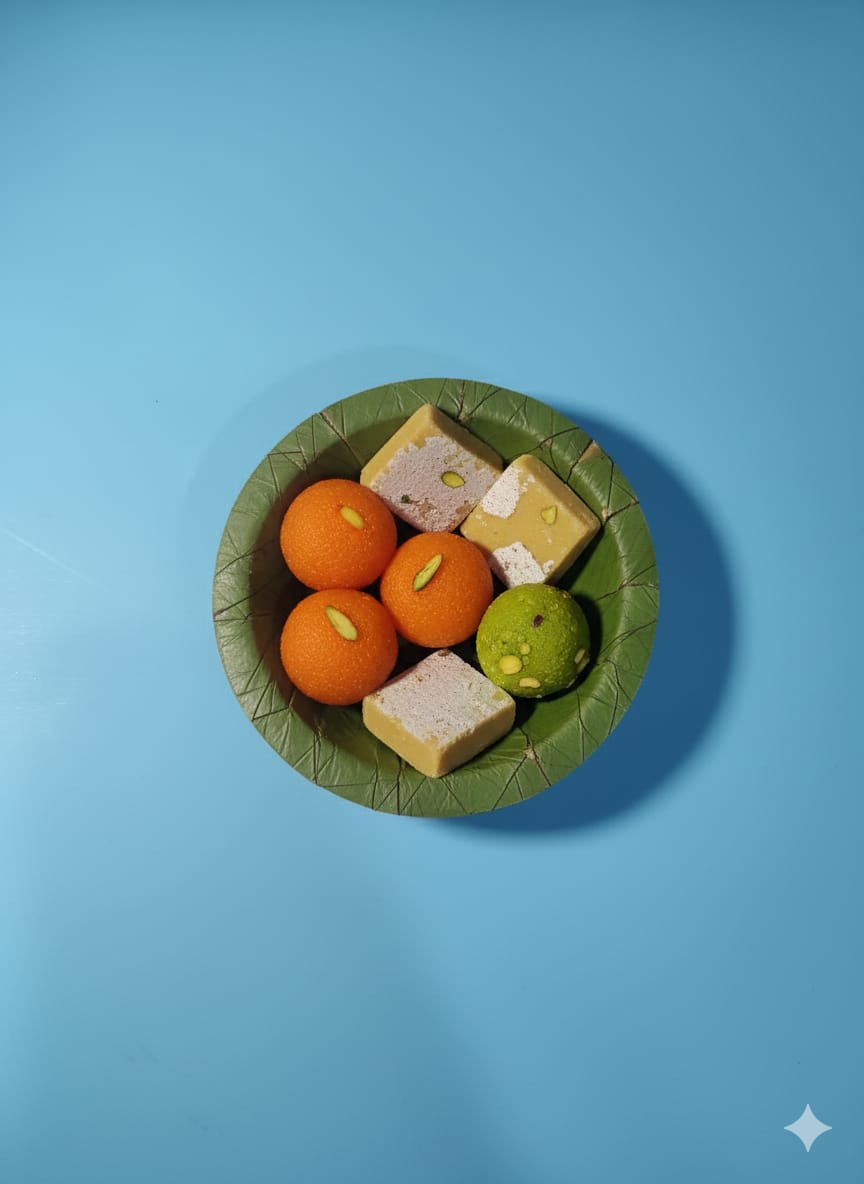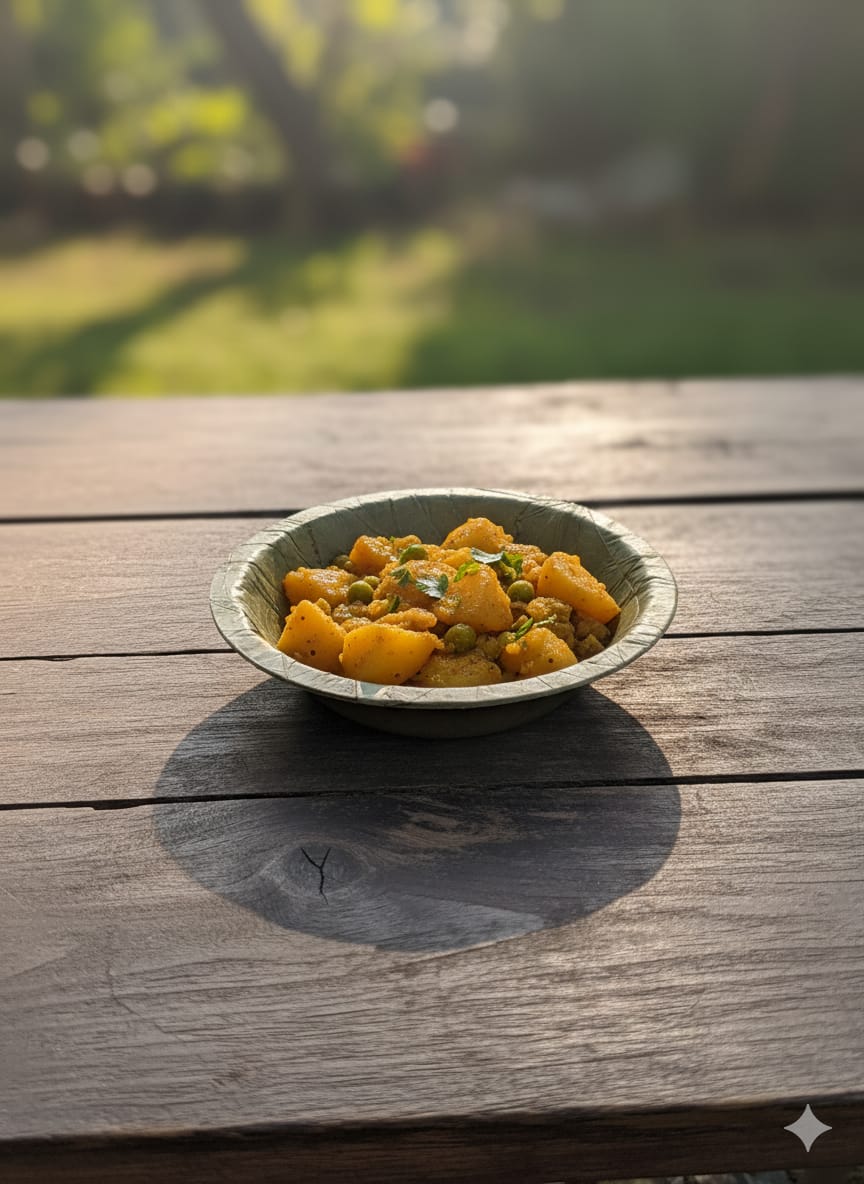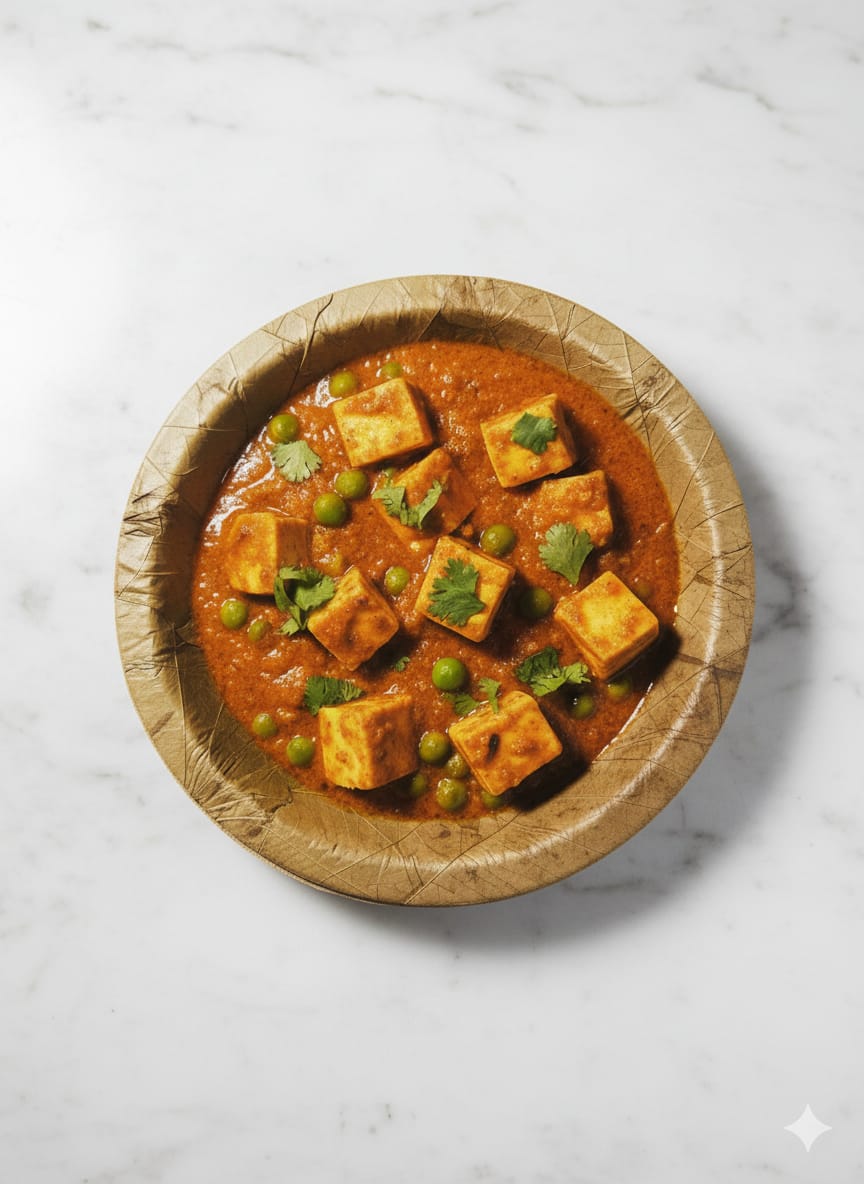Blogs

Compost Like a Boss: Leaf Plates Edition
So, you had a delicious biryani on a leaf plate at a party and thought—“Now what?” Don’t bin it. Compost it. Leaf plates are 100% natural, totally guilt-free, and yes, they break down beautifully. But if you're thinking composting is some elite, soil-science stuff, think again. It’s easier than assembling flat-pack furniture (and smells way better). Here’s how to turn your leaf plate into plant food faster than your neighbour can say “zero-waste lifestyle”. Big plates = slow breakdown. The smaller the pieces, the quicker they disappear into earthy goodness. In India, where leaf plates are everyday items at weddings and street stalls, even kids know this trick—just roll and rip. Think of it like feeding your compost a salad—bite-sized bits, please. Pro Tip? Blend it! A quick whizz in a food processor makes it super-fast to degrade. Dry leaf plates can hang around like uninvited guests. So sprinkle a little water. Not a flood. Just enough to make them soft and compost-happy. In Thailand and Indonesia, leaf compost piles are often started in the rainy season. Why? Because moisture is the compost pile’s love language. No water = no party. A moist pile breaks down faster and smells fresher too. Just remember, damp, not drenched. You're not making soup. Want your compost to work like a pro? Layer it like a lasagna. Alternate between "greens" (like fruit scraps, veggie peels) and "browns" (your leaf plates fall here). This combo keeps the balance right—carbon + nitrogen = compost magic. Leaf plates from Sri Lanka (usually made from areca palm) are loaded with carbon. Mix them up with kitchen waste for the perfect compost recipe. Throw in a handful of soil or finished compost to speed it up even more. That’s your starter culture, compost-style. Warmth is your friend. Also, don’t let it sit still. Stir your compost like you're mixing a pot of stew. Once a week is fine. This gets oxygen in and keeps rot out. More air = faster breakdown = happy plants. No backyard? Chill. Even a bucket on a kitchen counter or high-rise balcony works. Compost doesn’t judge. Let’s get real—bad smells are a deal-breaker. They mean something’s off. To keep your pile from going funky, make sure it’s got a good mix. Too many leaf plates and no green scraps? That's a dry city. Too much wet stuff and no leaves? Welcome to stink town. The sweet spot? Equal parts of both. Microbes thrive on this balance and do their job like champs. Fun fact: In Japan, some households even add bokashi microbes to compost piles to accelerate breakdown and control odours. Worth a try! Countries like Germany, New Zealand, and Costa Rica are already leading the zero-waste wave. And leaf plates? They're slipping right into the scene like they’ve always belonged. In India, where banana leaves and areca palm plates are deeply cultural, composting them is not just eco—it’s tradition. So whether you're in a posh London flat or a Mumbai chawl, you can compost your plate and feel like an eco-ninja. Soil Booster Secrets: Why Leaf Plates Make Gardens Happy Ever used a leaf plate and felt a little smug about saving the planet? Well, your garden’s about to feel smug too. Those simple, earthy plates that once held your spicy Indian biryani or tangy Thai curry can actually transform into nutrient-packed compost gold. When dumped into your compost or garden soil, leaf plates break down faster than you can say “eco-friendly.” Unlike plastic or paper coated with wax, they don’t need a guilt trip or industrial composters. They just quietly disappear into the soil, leaving behind nitrogen, carbon, and a whole buffet of trace minerals your plants love. India, Sri Lanka, and Nepal have been using leaves like banana and sal for centuries—not just for meals but also as natural soil builders. We’re just catching up! Okay, so what really happens underground? Let’s spill the compost tea. When leaf plates hit moist soil, microbes go bananas. Literally. These microorganisms treat leaf plates like an all-you-can-eat buffet. Within weeks, what was once your dosa platter becomes humus-rich, spongy soil. That’s the kind of soil that holds water better, feeds roots deeper, and tells chemical fertilizers to take a hike. In the USA and the UK, gardeners have started cutting up leaf plates and mixing them into compost bins as “green waste.” It’s the circle of life—but make it biodegradable and trendy. So the next time someone asks, “Why not use paper plates?” just say, “Paper who? Leaf is the new luxe.” Think of it like giving your plants a multivitamin—but the organic, Instagram-worthy kind. Leaf plates don’t just break down; they bring a perfect balance of nutrients. Many come from trees like sal, areca, and banana, which have natural oils and compounds that act like slow-release fertilizers. They improve soil texture, increase earthworm activity, and even balance pH levels. Mother Nature says thank you very much. Countries like Indonesia and the Philippines, where tropical trees are abundant, have started tapping into leaf composting for urban gardens. Even in tiny balconies, folks are tossing chopped-up leaf plates into pots and watching herbs thrive. It’s low-key genius. Here's the real kicker. Some leaf plates don’t just feed plants—they protect them too. Sal leaves, for instance, are naturally antimicrobial and pest-resistant. So, if you toss them near your tomato plants, you might just fend off a few unwanted bugs without spraying chemical nonsense. That’s some next-level plant parenting right there. Even better? This green trick doesn’t require you to be a plant whisperer or garden guru. It’s as simple as tear, toss, and wait. Nature does the rest. What started as a traditional practice in South Asian villages is now a global garden hack. Leaf plates are making waves in Australia, Germany, and even cold, compost-loving Canada. Farmers' markets now give discounts if you bring your own leafware. Urban growers are swapping them like Pokémon cards. If you’re not on this train yet, you’re missing out. Honestly. Composting isn’t just chucking kitchen waste into a pile—it’s an art form. And the secret? Layering it right. Think of compost like a lasagna—greens and browns stacked with love.Tip 1: Shred It Like You Mean It
Tear them. Cut them. Shred ‘em up.Tip 2: Moisten the Mood
Tip 3: Mix ‘Em Up (Layers Matter)
Tip 4: Heat It Up, Stir It Around
Got a sunny balcony or backyard in Australia or California? Perfect. The heat speeds up the process big time.Tip 5: Bye Bad Smells, Hello Microbes
Global Compost Goals
Turning Yesterday’s Plate into Today’s Plant Food—Yes, Seriously!Trash to Treasure: Leaf Plates Go Underground
The Compost Party Starts Here
Rooting for It: Plants Love Leafy Leftovers
Bonus Perks: Pest Patrol and Soil Superpowers
From Backyard to Global Hack
Leaf Layers 101: Compost Like a Boss




